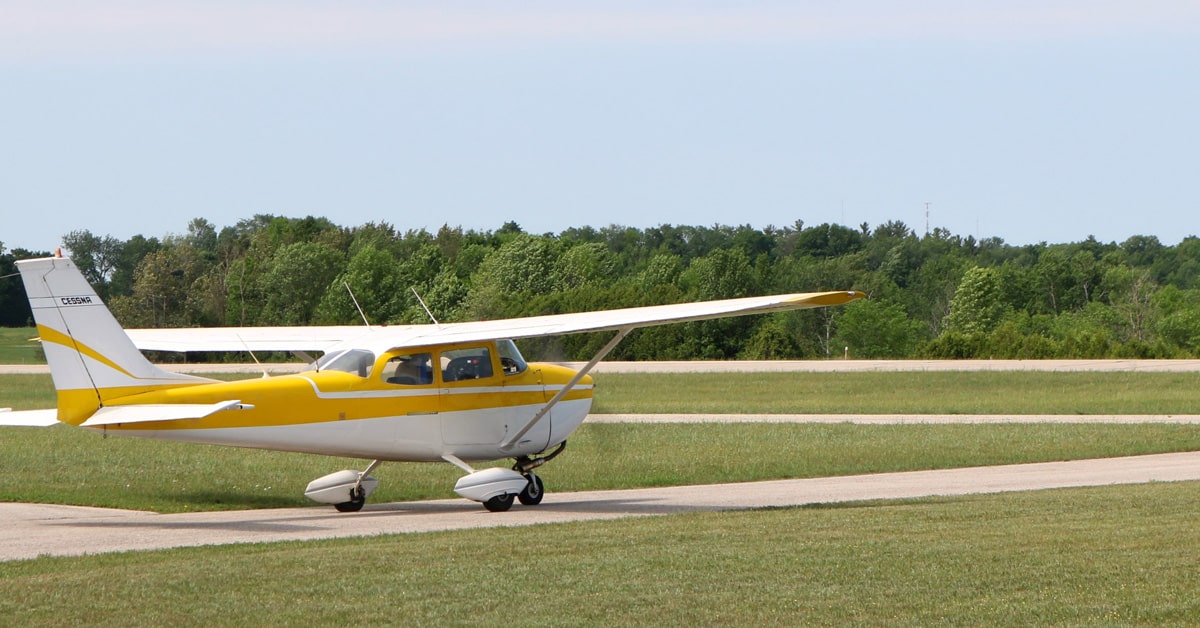Once again, we’re pleased to feature a guest post FAA DPE and CFI Jason Blair. Check out his post from last week on why you should be practicing the glide and his post on flying the traffic pattern from earlier this year. He writes his own blog at jasonblair.net.
I would like to share a few reflections and tips from recent practical tests I have given. In most cases, the tests I have given are proof of fantastic candidates who are dedicated to learning and progressing as pilots, but there are also moments that leave me wondering about some of the basic preparation things that an applicant could do to make their time with me so much easier. So here are a few things I would offer:
Yes you should bring a FAR/AIM with you (unless somehow you have memorized it all) and yes it should be a current one. Too many times applicants either don’t have a FAR/AIM with them or the one they have isn’t current. I’m not certain which is worse to be honest. Not having one is bad, having an old one just shows an applicant doesn’t care to have current information.
It is a really good idea to have a copy (digital PDF on your iPad is fine) of the Practical Test Standards for the test your are taking (and yes it should be current also). This is the menu the examiner will use on the practical test. Have one and know it.
You should probably look at the aircraft inspections at least some time more than 2 minutes before your scheduled time for the practical test with your instructor and really understand what the required inspections are and when they will expire. This is a required set of questions an examiner will ask on EVERY practical test. We have to know that we are getting into a “legal” airplane and you will have to show us that it meets all the requirements. There are no exceptions.
Know when the aircraft registration expires or where to find the information. No, you won’t find this in the typical FARs you have bought, it’s in section 43 of the FARs. More about aircraft registration requirements can be found at https://www.faa.gov/licenses_certificates/aircraft_certification/aircraft_registry/reregistration/
It is perfectly fine to discontinue a practical test if you don’t think the weather is good enough. Just because you and the examiner are both there and the ground is done, it doesn’t mean you have to fly. Here is the best question you should yourself when deciding: “will today’s weather adversely affect my ability to complete the required maneuvers within practical test standards?” If the answer is yes, reschedule for the flight. Simple as that.
Be confident in your knowledge. An examiner’s job includes determining if you will question things. Just because the examiner asked the dreaded “are you sure?” question doesn’t mean you were wrong. If you know something, stick with your answers, don’t change them. If you don’t know something, don’t try to make up an answer. The examiner will let you dig a hole then bury you in it. Be honest and tell us if you don’t know something.
These all seem like pretty simplistic tips, but I can’t tell you how many times these things are a factor on practical tests. While they don’t always result in the issuance of a disapproval, they will always raise stress levels and create delays in the progress of the practical test. Think about these ahead of time and your next practical test will be easier. If you have already taken one, share this with a friend who has one coming up to make their experience easier.
Jason Blair is an active single and multi-engine instructor and FAA Designated Pilot Examiner with 4,800 hours total time and 2,700 hours instruction given. He has served on several FAA/Industry aviation committees and has and continues to work with aviation associations on flight training issues. He also consults on aviation training and regulatory efforts for the general aviation industry.





